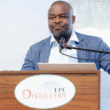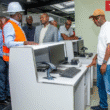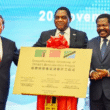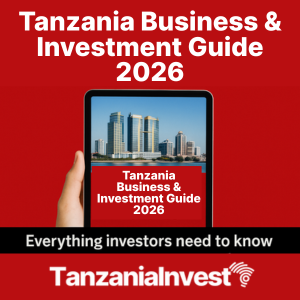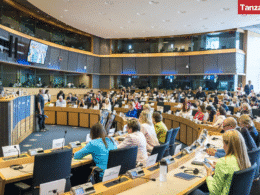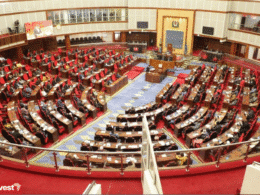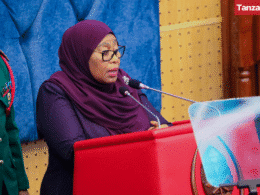By Manzi Rwegasira, Acting Head of Corporate & Investment Banking at Stanbic Tanzania.
Tanzania’s macro-economic performance has been on a positive trajectory in the last two decades, with the GDP rate increasing from 3.5% in the 1990s to 7% in the 2000s.
According to the IMF, Tanzania is one of the countries in sub-Saharan Africa that has sustained high levels of growth despite the sharp economic slowdown that has affected much of the region.
This result can be attributed to the accommodative monetary policies that have been put in place making Tanzania an attractive destination for investment.
The country is also experiencing high population growth – from 11 million people in 1963 to around 54 million in 2018.
According to the current National Bureau of Statistics (NBS) projections, the growth rate is forecasted to be 1.6 million people per year.
By 2025, Tanzania aspires to be a middle-income economy, what does this vision offer its biggest resource – the people?
Attainment of the vision by 2025 will mean increased GDP per capita from USD 1,021 recorded in 2017 to USD 3000 and improved livelihoods for citizens.
An analysis by the Economic and Social Research Foundation (ESRF) in 2011 indicates that in order for this kind of transformation to take place, it will require that the major sector categories grow as follows between 2010 and 2025: agriculture – 6.%, industrial sector- 9.2% (of which manufacturing sub-sector 13.0%); and the services sector – 8.0%.
For Tanzania to achieve its development vision; the Government and the private sector will need to collaborate in order to sustain growth and ensure that benefits are felt across all communities, especially the rural population.
Partnerships and diversified investments in Tanzania have the power to unlock Tanzania’s potential and trigger huge social and economic changes that will bring profound benefits to the forecasted 67 million Tanzanians by 2025.
First, it is essential to increase investment in an effective way to address key bottlenecks in the economy and create more jobs; second, take concrete steps to strengthen the role of the private sector in the economy to help drive future growth; and third, ensure that all Tanzanians can share in the benefits of development through better access to education, health care and access to finance.
Since the beginning of 2018 Stanbic Bank Tanzania has directly provided or helped raise over TZS 300 billion in financing for Tanzanian clients in the agricultural, consumer, industrial, extractives and public sector.
By strengthening its partnership with the Government, Stanbic Bank and other key stakeholders are working to improve the investment and resource mobilization climate in order to ensure that Tanzania realizes its socio-economic aspirations by 2025.

